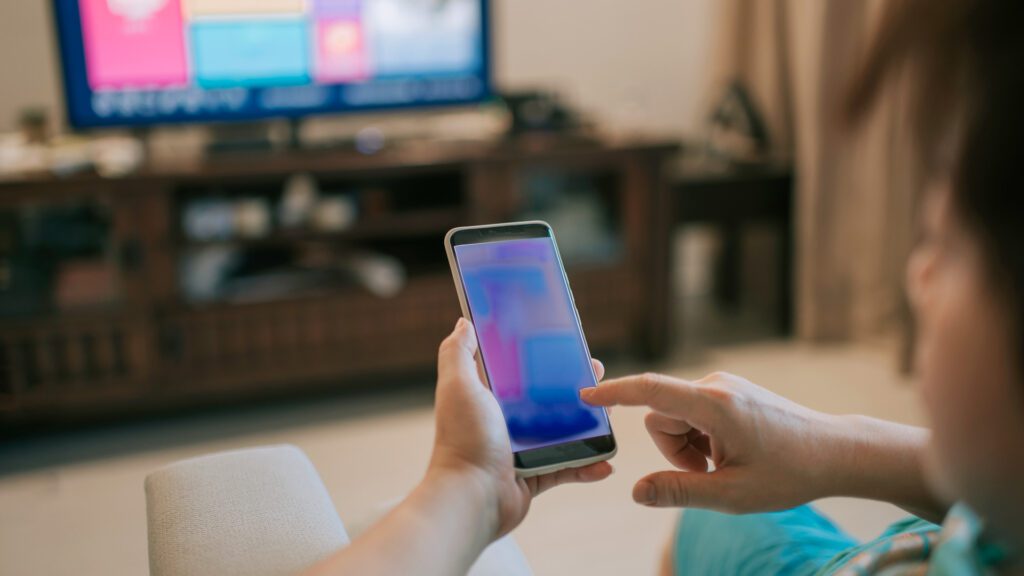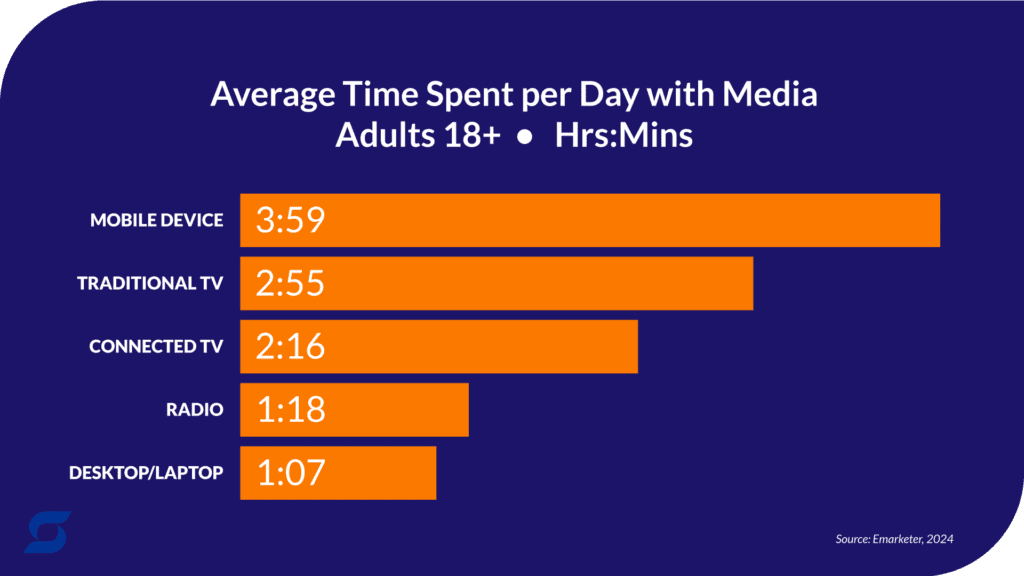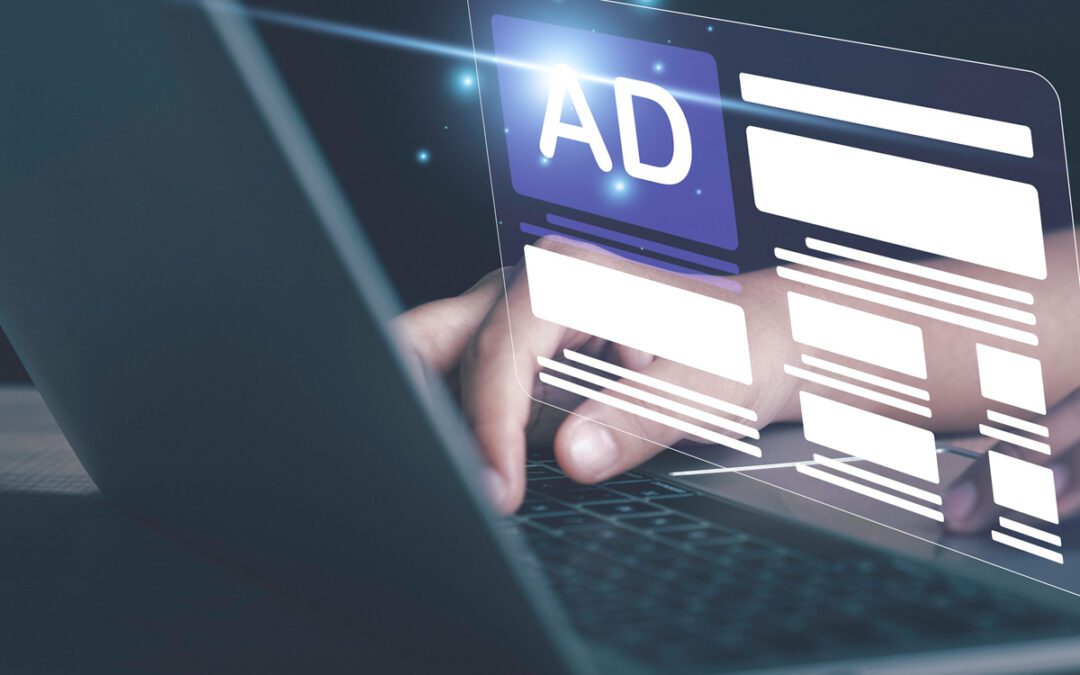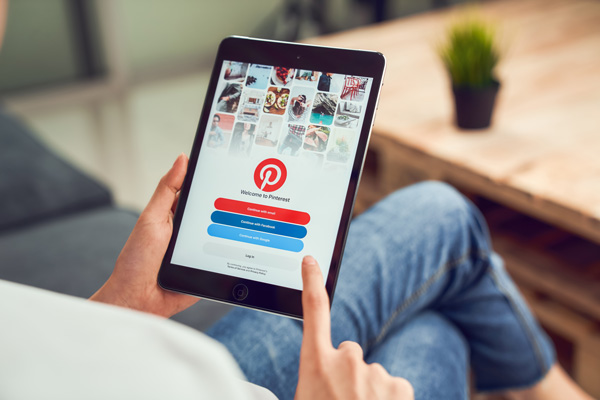Digital marketing tools continue to develop at a breakneck pace. In all the movement, it can be easy to get caught up and lose sight of traditional advertising tools like television and radio.
Traditional media significantly boost brand identity with massive reach and unique, localized programming. Tools like TV and radio are as relevant as ever, especially when combined with digital marketing. In truth, a successful marketing plan can and should use an omnichannel approach. Combining traditional and digital marketing is the key to success.
For business leaders looking to build reach and find new prospective clients, a traditional TV campaign efficiently casts a wide net. Combine this with the precision targeting and measurability of a digital campaign. Now you have a blend that builds awareness with potential new customers and targets existing ones. A TV ad drives that initial awareness, and digital ads support by providing additional information or promotions.
Targeting and Measuring Across Channels
Targeting Advertising in Traditional Media
This isn’t to say traditional TV advertising lacks precision altogether. Audience targeting drives a lot of digital marketing strategy, and you can apply similar principles with a traditional campaign.
It may not be hyper-specific 1 to 1 targeting like digital campaigns, but programming selection will yield similar results. Choosing specific programming — news, sports, reality — that your preferred audience segment aligns with allows you to reach them effectively.
In the era of streaming, there are almost unlimited options of programming. Aligning with quality content is just as important as selecting the correct channels for your campaign. Local news is an example of regionalized programming that connects with a local audience at large scale.
TV and radio have the added bonus of reaching eyes and ears outside the target demo, as well. So, even if Adults 35-64 are your target market, 25-year-olds tuning in will also be exposed to your product or service. You increase brand exposure by connecting with a wide group of potential customers simultaneously. It’s one of traditional media’s greatest strengths.
Measuring Success
Another benefit of an omnichannel approach is reporting. Digital campaigns offer real-time data and results. Leveraging this type of immediate feedback can inform how you plan your traditional media as well.
Is one set of messaging resonating better with your target demographic than another? Maybe ads with price-forward headlines have a much higher click through rate than ads with value-forward headlines. Use insights like that to inform and plan your traditional media buys and creative production.
Integrating traditional advertising with digital channels allows you to take advantage of consumer interest sparked by TV or radio commercials. Track online conversions, website traffic, and social media engagement following a TV or radio campaign. Then you can measure the direct impact on digital KPIs. This data-driven approach enables optimization of marketing spend and campaign strategies for maximum effectiveness.
Maximizing Reach with Traditional Media
Even with the benefits of TV advertising in mind, you may be thinking “but do people still watch TV?” The decline in television impressions over the last few years is well-documented. But that conversation fails to mention that the TV audience remains quite large.
In fact, 69% of adults 25-54 view Live + Time-Shifted TV each week. That number jumps to 84% for radio. Television and radio remain an extremely effective way to get your message in front of the largest possible audience.
The massive reach of traditional media looks great in isolation. But how does viewership of TV and Radio compare to digital platforms like connected TV (CTV)?
One metric for comparison is time spent with each media type. Unsurprisingly, mobile devices dominate media consumption of adults 18+. However, as shown below, time spent watching traditional television outpaces CTV on a daily basis.
Consider your own media consumption habits. Maybe you’re watching a game on live TV. But you’re also checking in on the conversation on social media platforms on your phone. Or listening to a podcast while the TV is on mute.
Everyone today is a multi-screen consumer. Integrating TV, digital, and radio into advertising campaigns allows marketers to align with these shifting consumer behaviors. It ensures that brand messages are consistently present across the various channels and devices consumers interact with.
The Efficiency of Radio
Television is not the only traditional channel with opportunities for unique reach and efficient CPMs. As shown in the earlier chart, the average adult is spending over an hour a day listening to radio.
Radio is particularly cost-effective, as well. It has lower average CPMs than TV, and it is often cheaper to produce radio spots than TV commercials. Radio makes up two-thirds of ad-supported listening among adults 18+.
Radio also reaches audiences during various moments throughout their day. Often in places outside the reach of visual media, such as in the car or while at work. Much like television, radio is easily targetable, with the various formats available (music, sports, talk, etc.) organically creating unique audiences.
How TV and Radio Complement Digital Advertising
Digital advertising excels at precision targeting and providing measurable results, but its impact can be significantly amplified when combined with TV and radio. Here’s how:
Extended Reach and Frequency
TV and radio can reach audiences that digital might miss. Older demographics or those who prefer traditional media are more likely to be exposed to TV and radio ads. This complementary reach ensures that your message gets to a wider audience.
Reinforcement Through Multiple Touchpoints
A consumer might first see your TV ad. Then they encounter your brand again through a targeted digital ad. And later they hear about you on the radio.
This multi-touchpoint approach builds familiarity and trust. The repetition makes it more likely consumers will remember and choose your brand.
Contextual Relevance
TV and radio ads are often consumed in a context where the audience is relaxed and receptive. A lot of times, they’re watching their favorite show or listening to their favorite radio station. This positive context enhances brand perception and increases the effectiveness of your message.
Cross-Channel Synergy
Running coordinated campaigns across TV, radio, and digital channels allows for a unified brand message. A TV ad drives viewers to visit your website, where they’re retargeted with digital ads. Radio reminds listeners of a promotion they saw on TV or online, creating a cohesive and continuous brand narrative.
Enhanced Engagement
Combining the immersive experience of TV with the personal connection of radio and the interactivity of digital advertising creates a comprehensive engagement strategy. Consumers can watch a compelling TV ad, interact with engaging content online, and receive relevant messages via radio.
Conclusion
The combination of TV, digital, and radio offers marketers a powerful advertising strategy for maximizing campaign impact in today’s interconnected world. Leverage the strengths of each channel — TV’s visual and auditory impact, digital’s precision, and radio’s intimate connection. That synergy enhances reach, engagement, and overall effectiveness.
If you’re a small business without in-house resources to strategize, buy media, and build creative for multiple channels, don’t worry. A full-service marketing agency has the expertise and bandwidth to bring this synergy to life. They’ll be able to tailor a plan with your advertising budgets and objectives in mind.
By embracing the power of integrated marketing, you unlock new opportunities to engage audiences, build brand loyalty, and achieve long-term success for your business.
Get in touch to learn more about how Scale Marketing uses insights to drive growth and business results for companies like yours.







